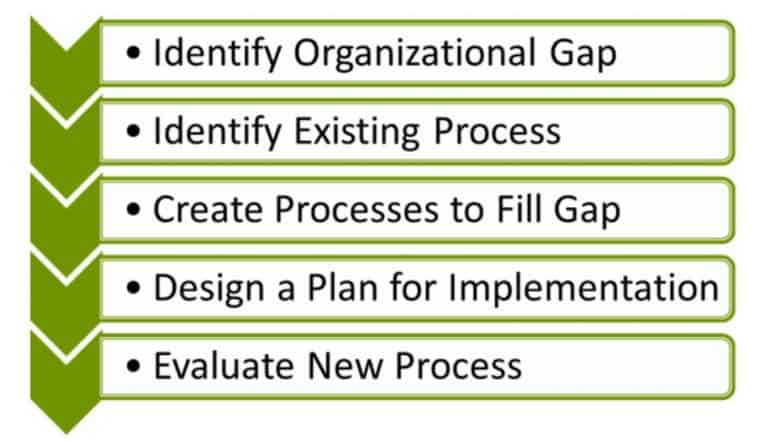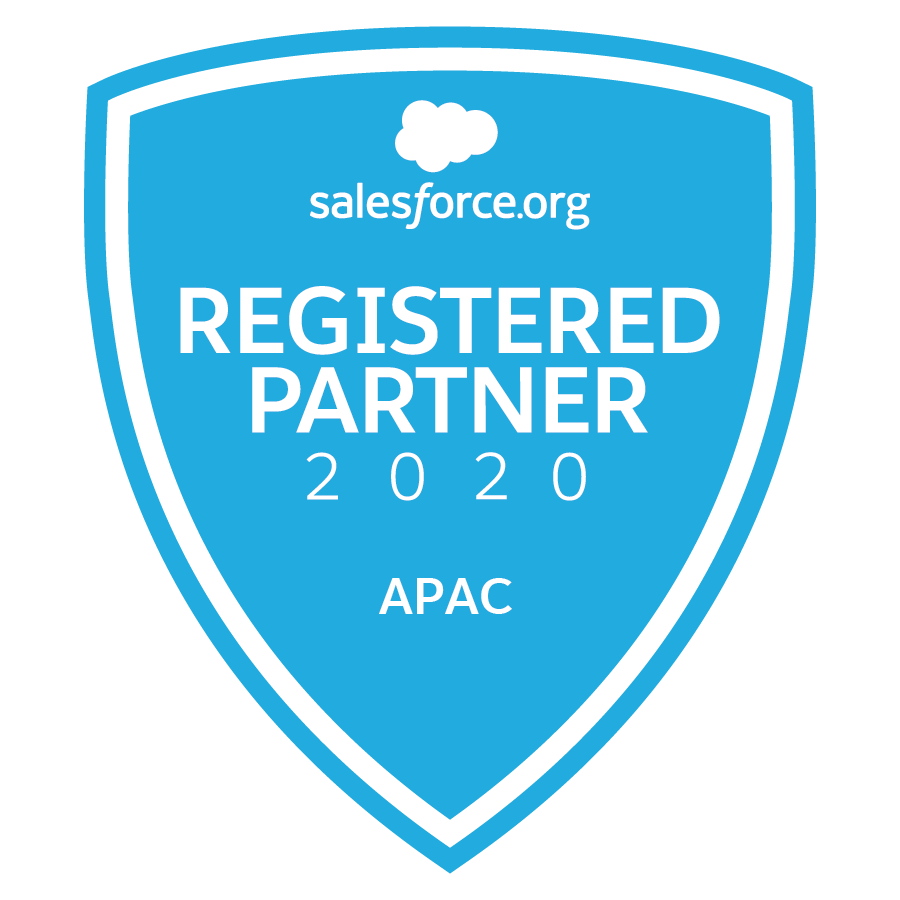Business process re-engineering (BPR) advocates that businesses need to radically restructure their organisational processes to achieve their goals and be successful. This means that businesses may need to eliminate some of their existing processes and start from scratch.
BPR also introduced the concept of workflows. Additionally, BPR argues that businesses need to divest processes that have no value, rather than figuring out ways to use technology to automate the process.
With the BPR model, the energy put forth to simplify and optimize existing processes is intended to give businesses the opportunity to offer better customer service and to minimize the resources needed to provide this customer service or value.
Role of BPR in Business Process Management
Business process management actually grew from a variation of business process re-engineering. Additionally, while Business Process Management advocates the use of continuous improvement on processes, we all know that you can only tinker with an idea so much. Sometimes, the best way to get the most from your processes is to re-engineer or re-build the process.
Model Overview

Breaking Down the Model
Identify Organisational Gap
In this stage, stakeholders come together to identify the root of the problem. They need to thoroughly map out the issue and create a problem statement to guide their thinking. Additionally, they need to discuss specific goals attached to the process and determine how to measure the success of this process.
Identify Existing Process
This stage involves carefully mapping out all of the activities involved in your existing process. Let’s say that your business is to deliver books to customers. Let’s work backward to identify the steps involved in getting that book to the customer. The customer receiving the book is the final step in the process. Previous to this, a service provider had to deliver the book. Maybe this was done through a shipping provider you have a business relationship with. Previous to this, the order had to leave the warehouse it was stored in. Before that, it arrived at the warehouse from the printing house.
An important point to remember when mapping processes is that the main tasks may each have sub-steps that have to be mapped as well. For example, let’s say that the customer is not home to receive their order. What happens then? Where does the order go? What procedures are in place to ensure the customer receives their order?
This step is vital to business process re-engineering since you need to analyze “as-is” processes in order to create “to-be” processes. Detailed mapping also allows you to see flaws in the process and learn from these mistakes.
Create Processes to Fill Gap
Now, based on what you have learned from your process map, you need to engineer a process to fill a perceived gap in your organisation.
Imagine that you are delivering books and the shipping provider has told you that costs for shipping will be increasing by 25% within the next three years. Rather than pass this cost on to your customers and potentially lose business, you look at your existing delivery process and decide that it needs to be re-designed to accommodate this change.
Design a Plan for Implementation
Now that you have created your process, you need to design a plan for implementing the process. Things to consider include:
- What solutions will you use to support your initiative?
- How will you automate and increase workflow to get the greatest efficiency from your process?
- What support will you need to provide for employees, shareholders, management, and customers to help them through this transition?
- How will you measure the success of your new process?
- What new roles need to be created within your organization to support the new process?
Evaluate New Process
Once you have implemented your new process, you need to evaluate it by collecting information and data. The data you collect should answer the following questions:
- Does the process reach, succeed, or miss the objectives it was meant to achieve?
- With some changes, could the process become more efficient or simpler?
- Does the process succeed in giving the customer more value (better service and product)?
- What is the attitude of your customers (internal and external) toward this process?
- What are your shareholders’ attitudes toward the process? Do they see the process as a success?
These questions should give you some good ideas on how to make your re-engineered process a greater success.
For more information about Business process re-engineering, check out our Salesforce Consulting Services.






